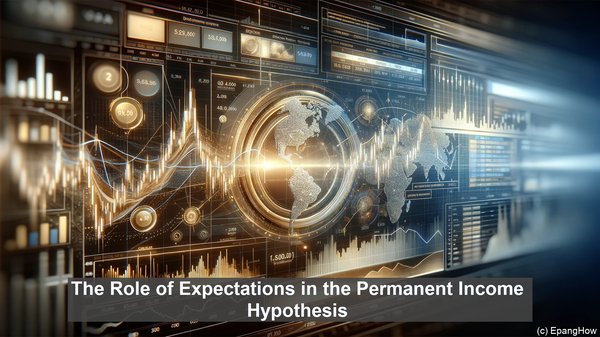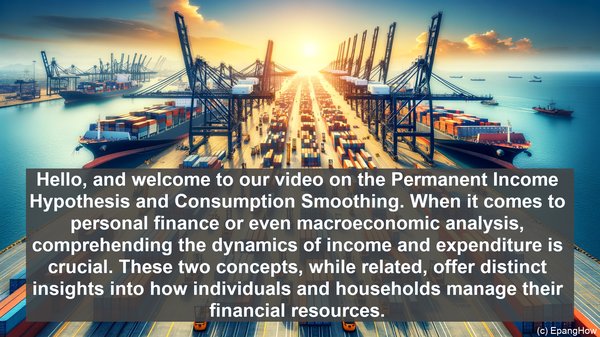Introduction: The Importance of Understanding Income and Expenditure
Hello, and welcome to our article on the Permanent Income Hypothesis and Consumption Smoothing. When it comes to personal finance or even macroeconomic analysis, comprehending the dynamics of income and expenditure is crucial. These two concepts, while related, offer distinct insights into how individuals and households manage their financial resources.
Defining the Permanent Income Hypothesis
Let’s start by understanding the Permanent Income Hypothesis (PIH). Proposed by the renowned economist Milton Friedman in the 1950s, the PIH suggests that individuals base their consumption decisions not solely on their current income but on their expected long-term average income. In other words, people tend to smooth out their consumption patterns over time, adjusting for temporary fluctuations in income.
The Role of Expectations in the Permanent Income Hypothesis
To fully grasp the PIH, we must consider the role of expectations. According to this theory, individuals form expectations about their future income based on a variety of factors, such as their education, job stability, and overall economic conditions. These expectations, rather than the current income level, shape their consumption behavior.
Consumption Smoothing: Balancing Income and Expenditure
Now, let’s turn our attention to Consumption Smoothing. As the name suggests, this concept revolves around the idea of maintaining a relatively stable level of consumption, even when faced with income fluctuations. The underlying principle is to avoid drastic changes in spending patterns, ensuring a more consistent standard of living.
Tools for Consumption Smoothing: Savings and Borrowing
To achieve Consumption Smoothing, individuals often rely on two key tools: savings and borrowing. During periods of higher income, they may save a portion, creating a financial buffer for times when income is lower. Conversely, when faced with a temporary income boost, they may choose to borrow instead of significantly increasing their expenditure.

Differences Between the Permanent Income Hypothesis and Consumption Smoothing
While both the Permanent Income Hypothesis and Consumption Smoothing deal with the interplay of income and expenditure, there are notable differences between the two. The PIH focuses on the long-term average income and the corresponding consumption decisions, whereas Consumption Smoothing is more concerned with short-term income fluctuations and maintaining a stable consumption level.
Real-World Implications: Policy and Economic Stability
Understanding these concepts has significant implications, not just on an individual level but also for policymakers and the broader economy. For instance, if individuals base their consumption decisions on expected future income, any changes in income expectations can have a ripple effect on spending patterns, potentially impacting economic growth and stability.

